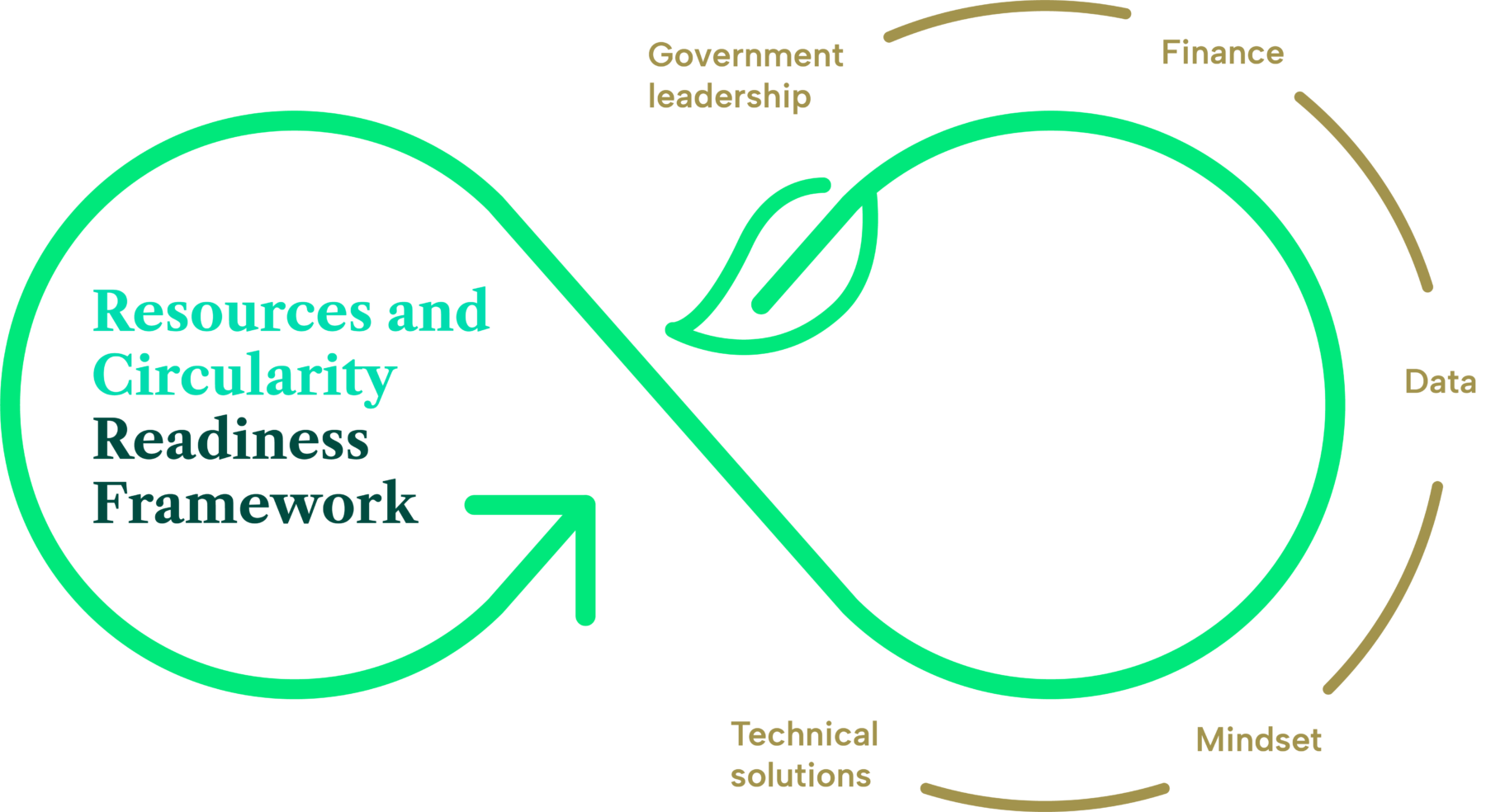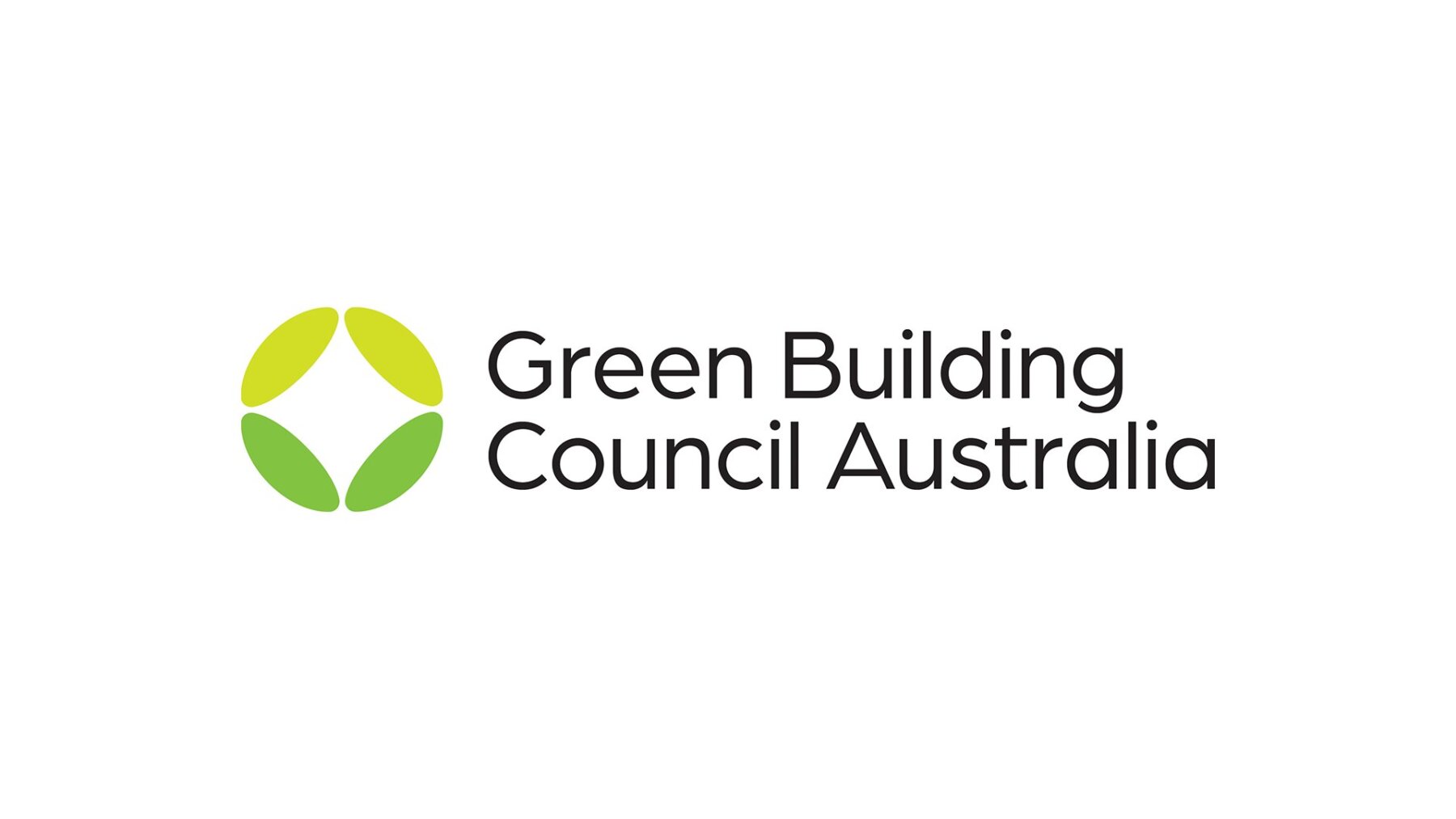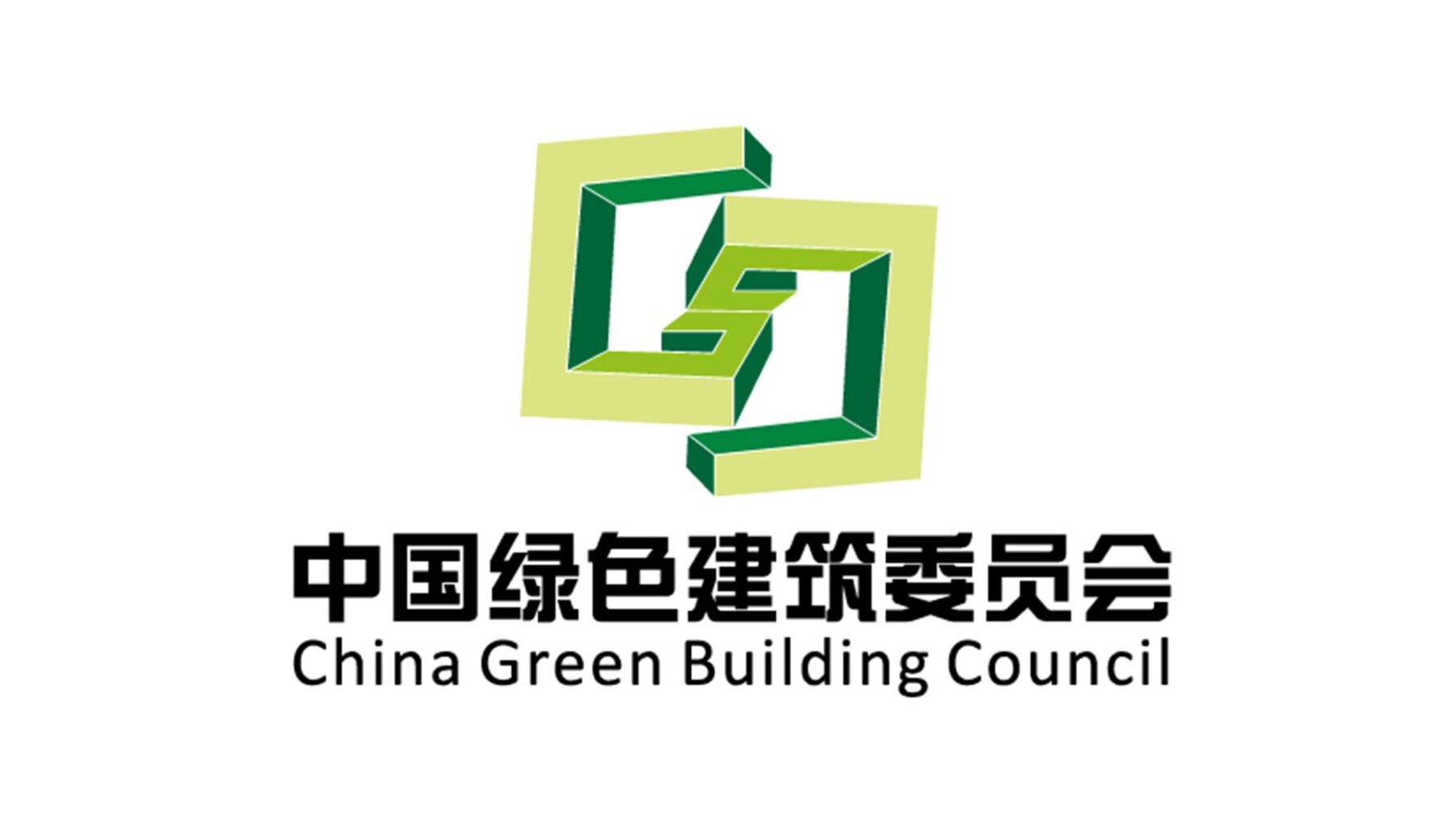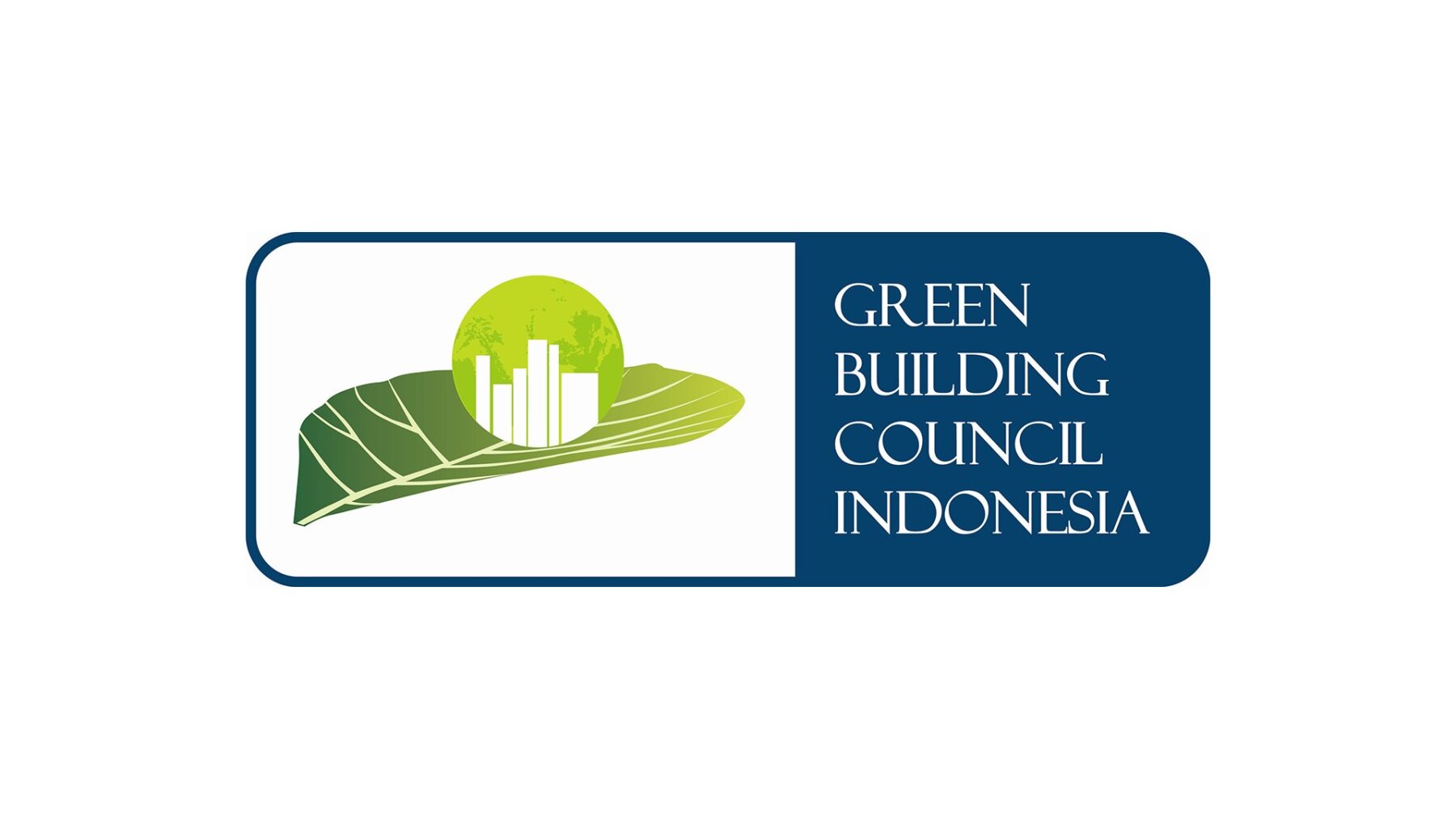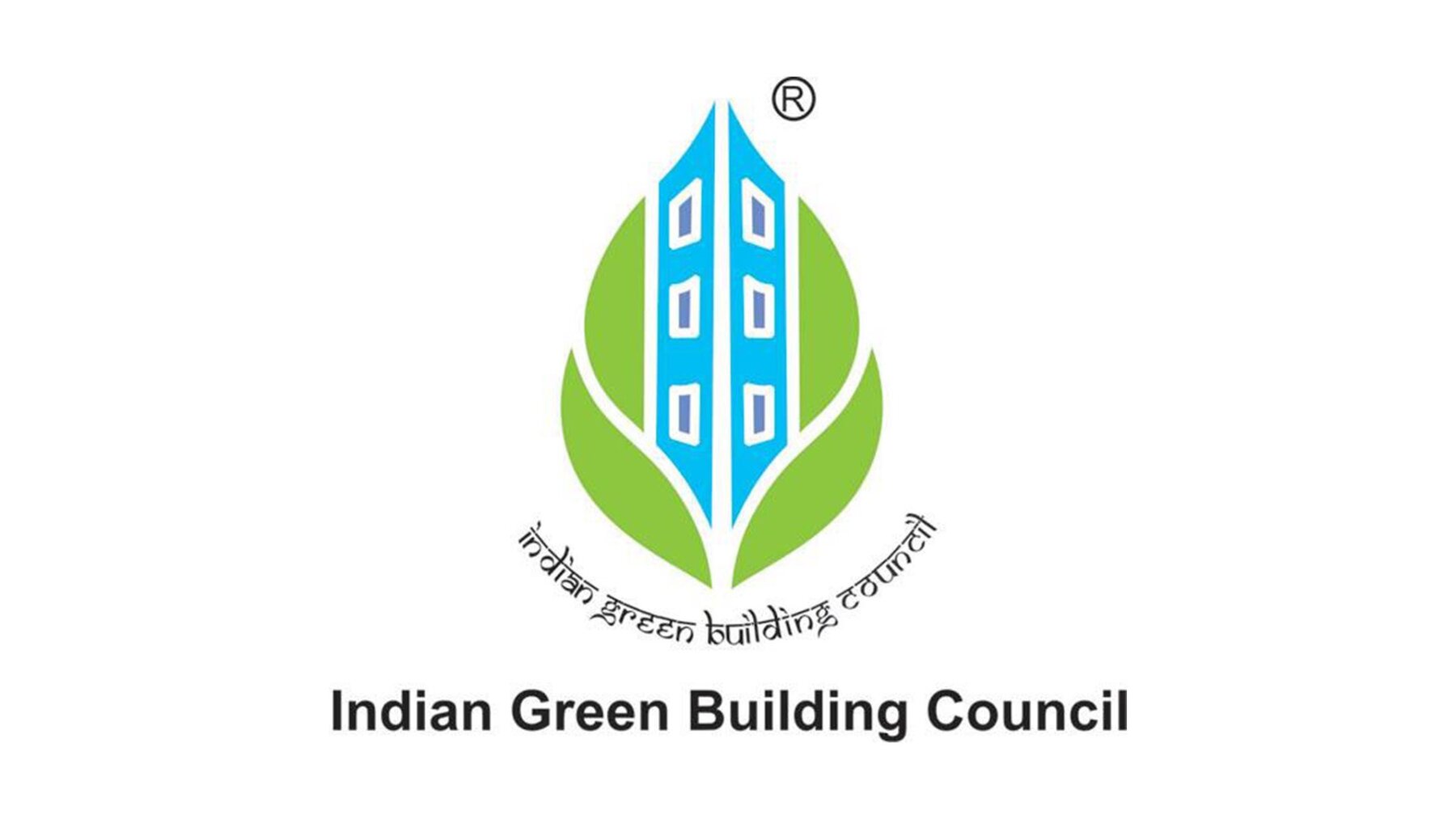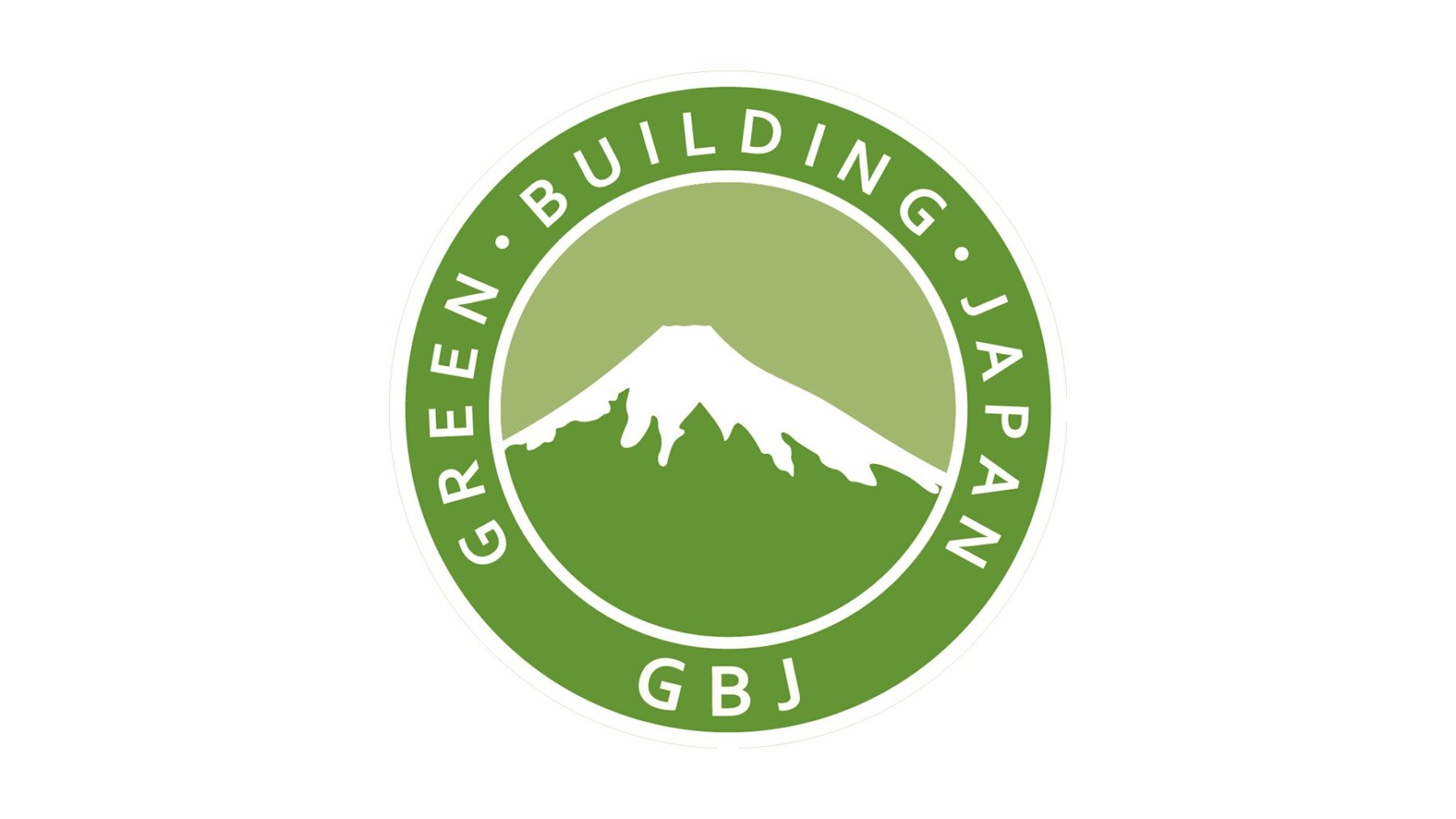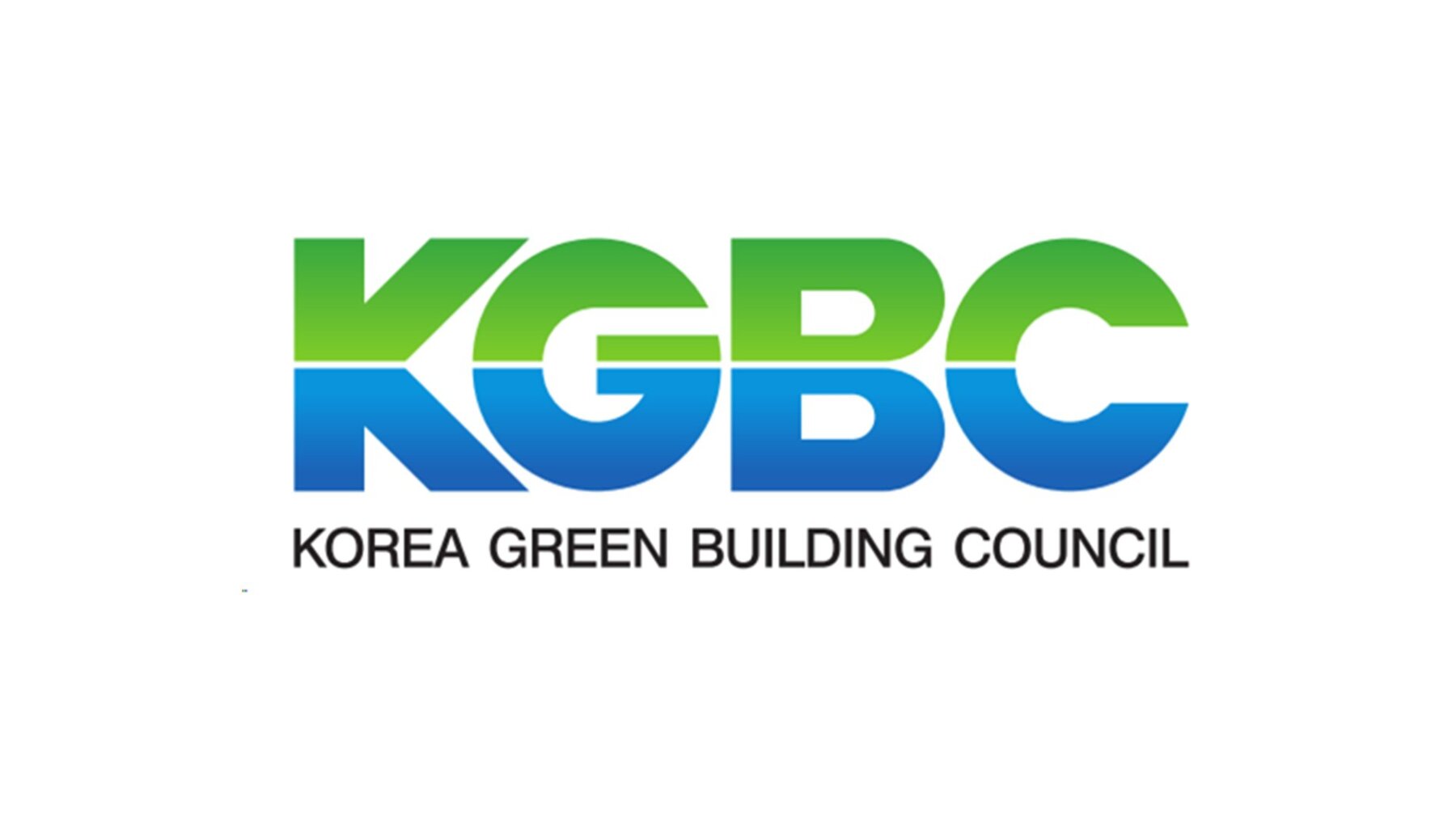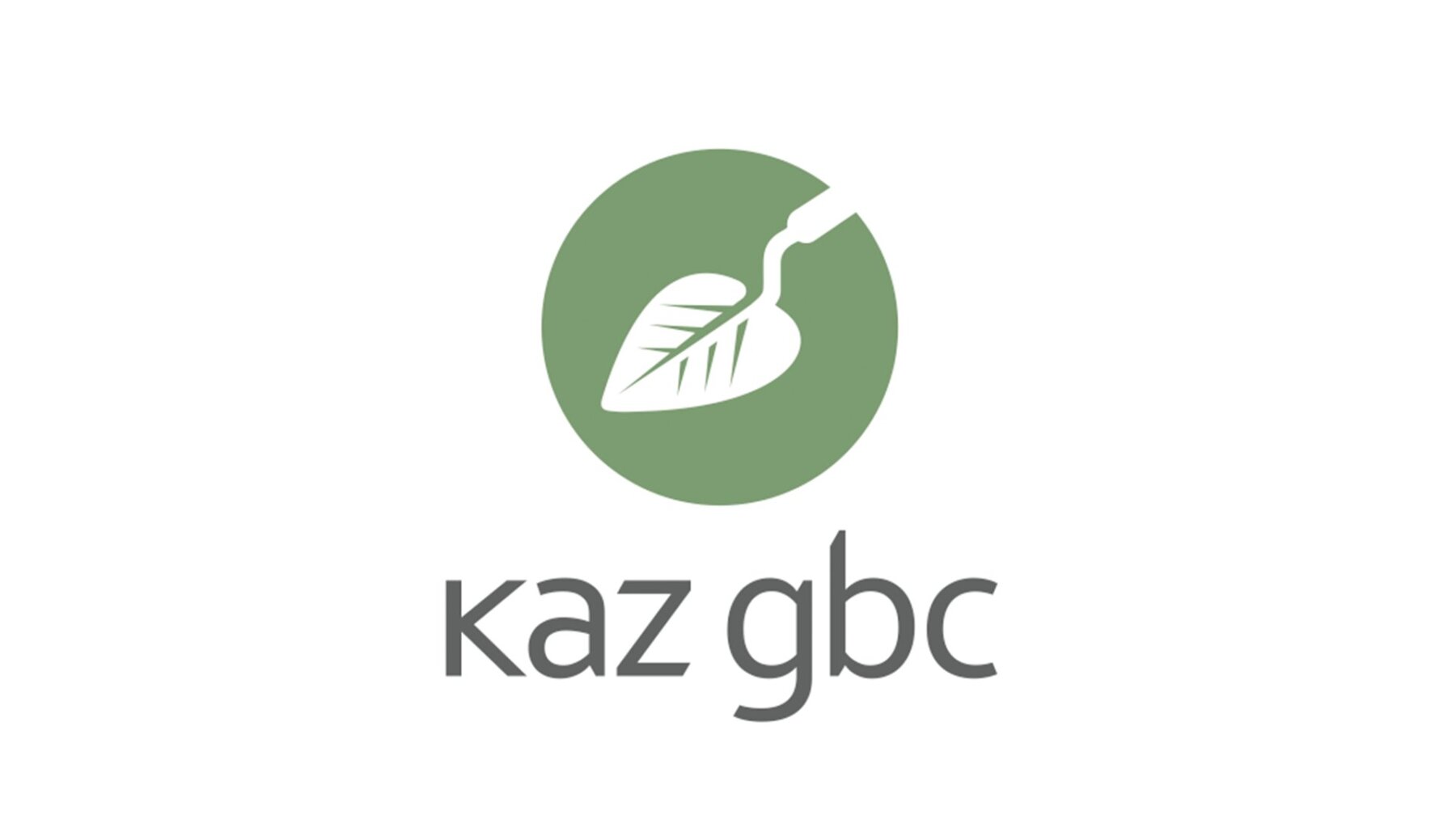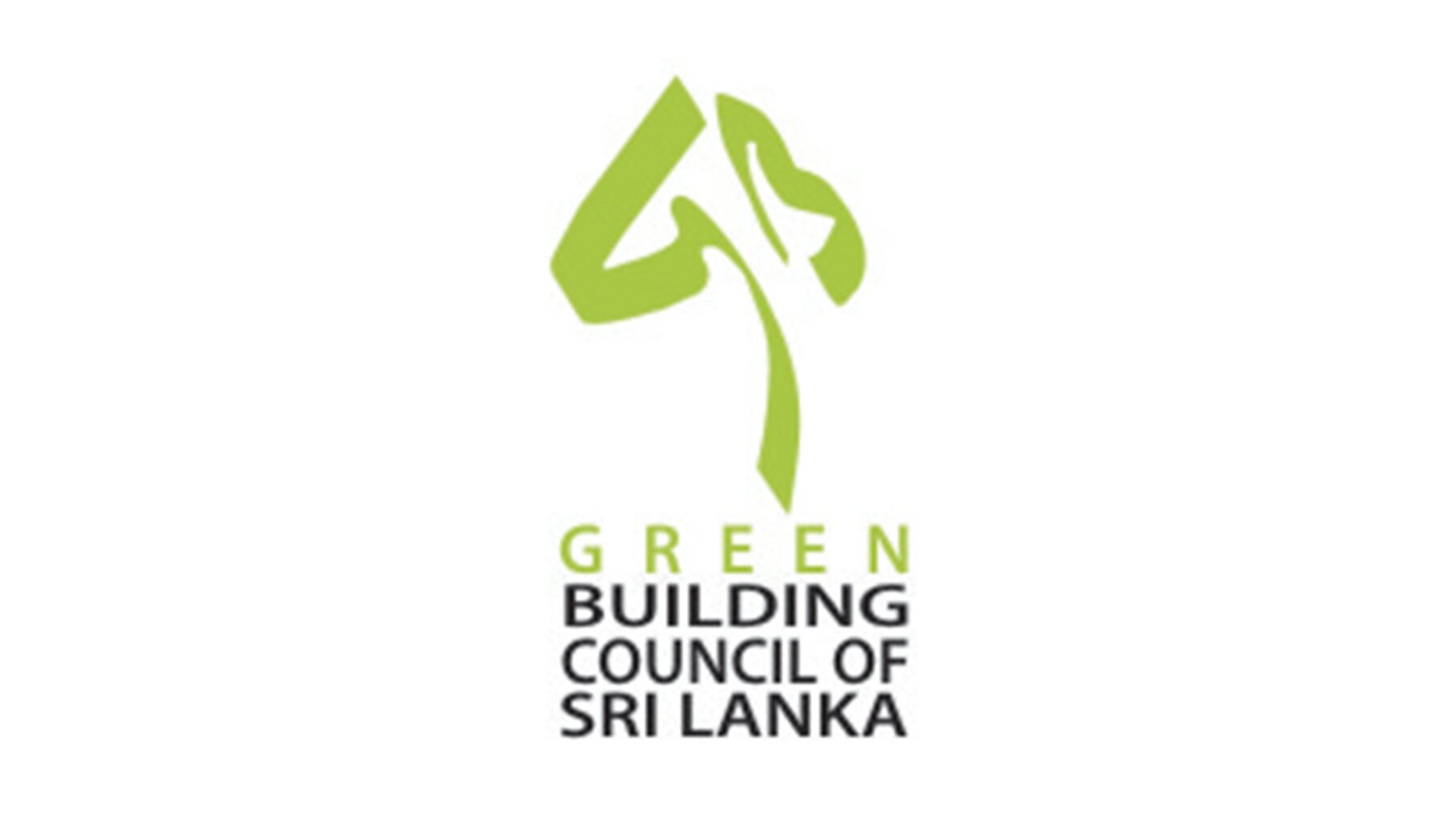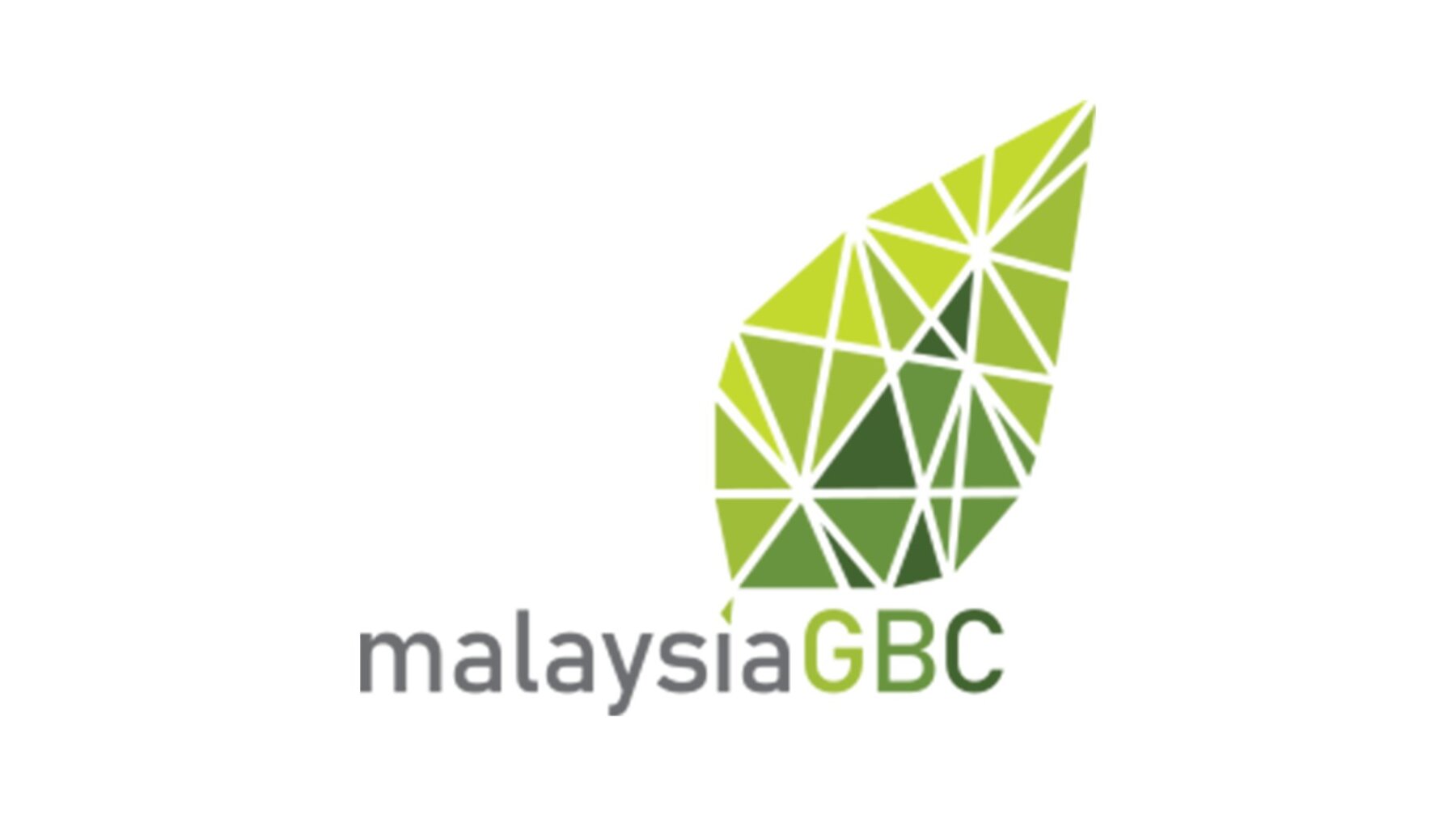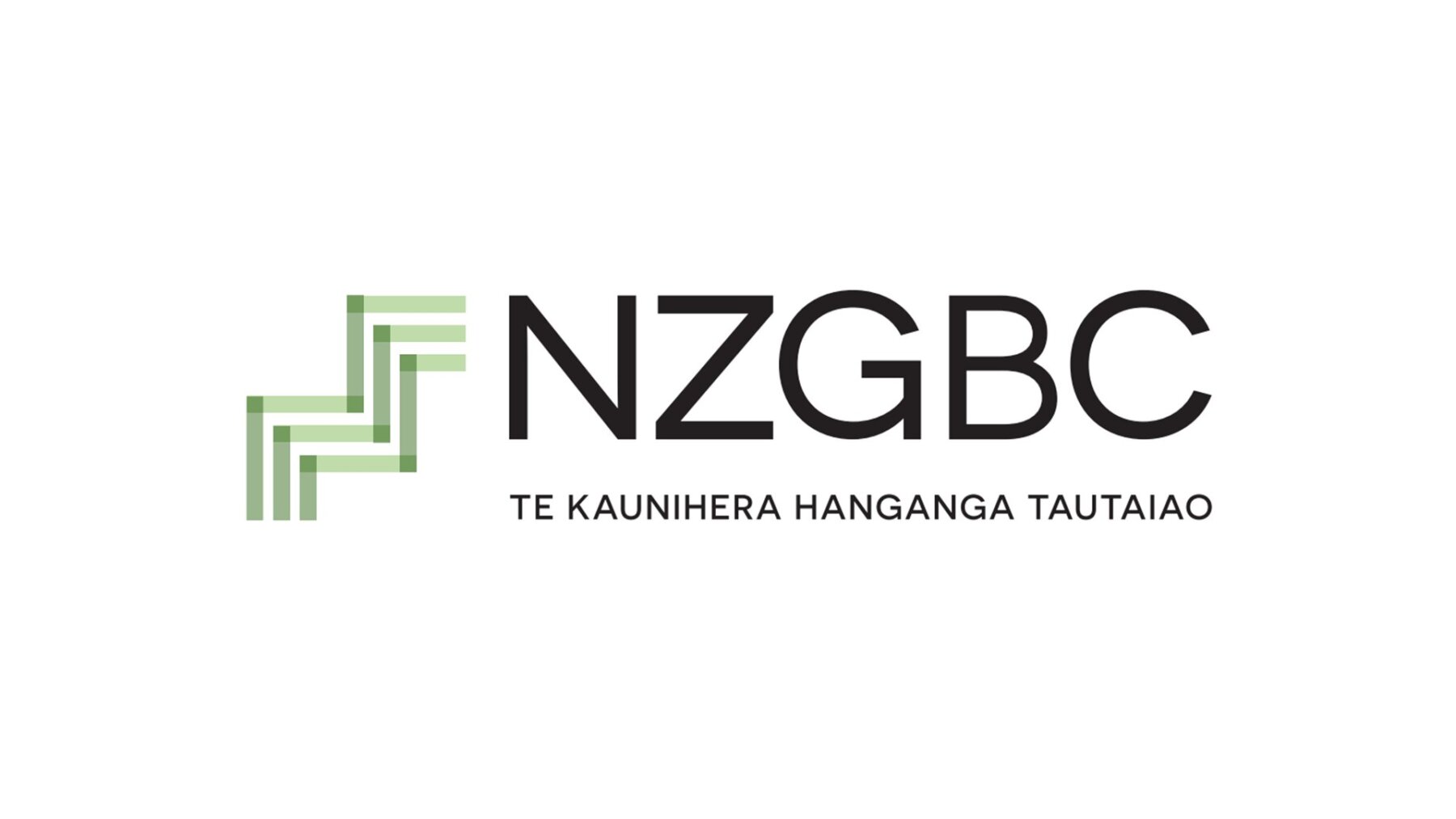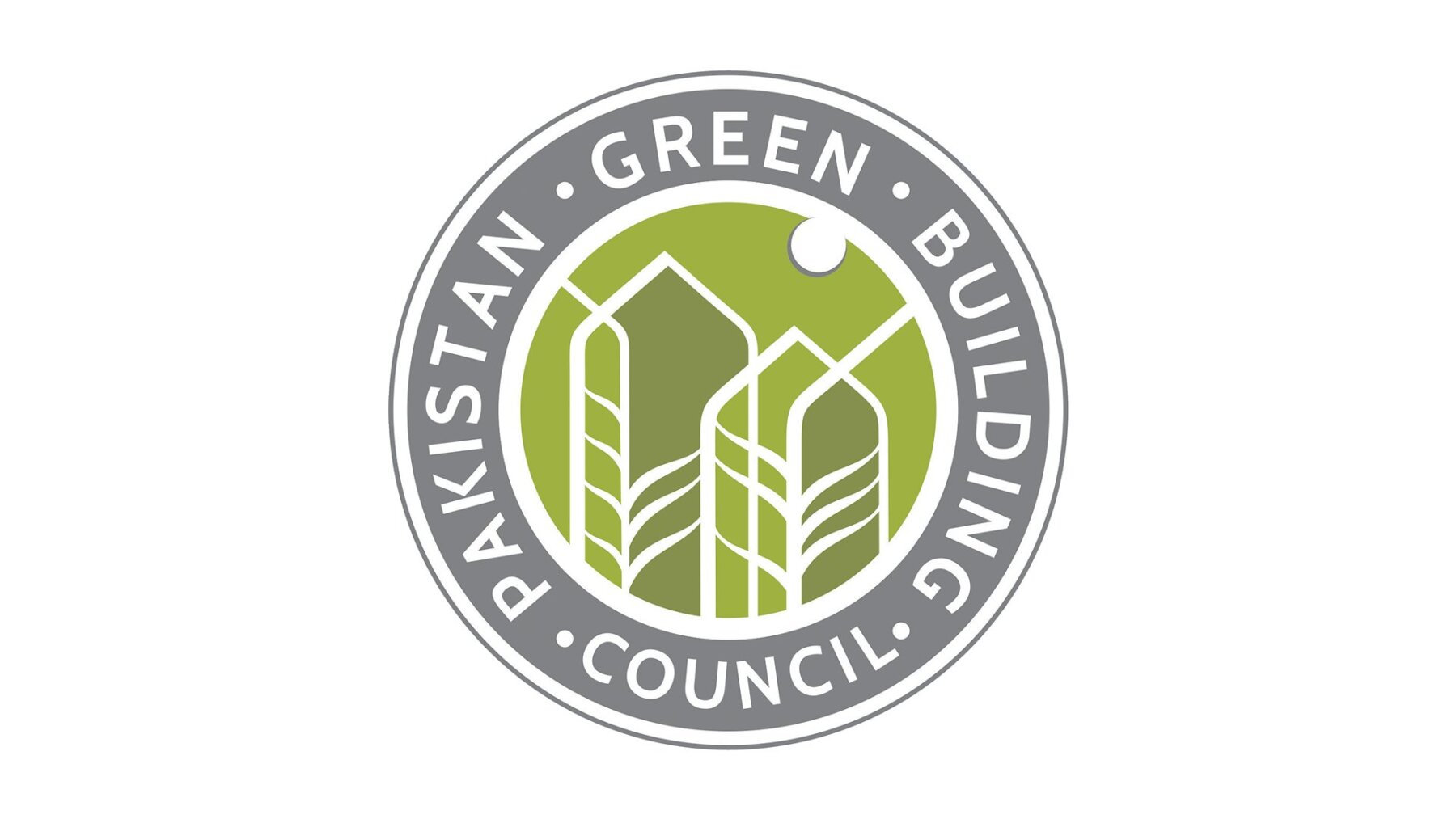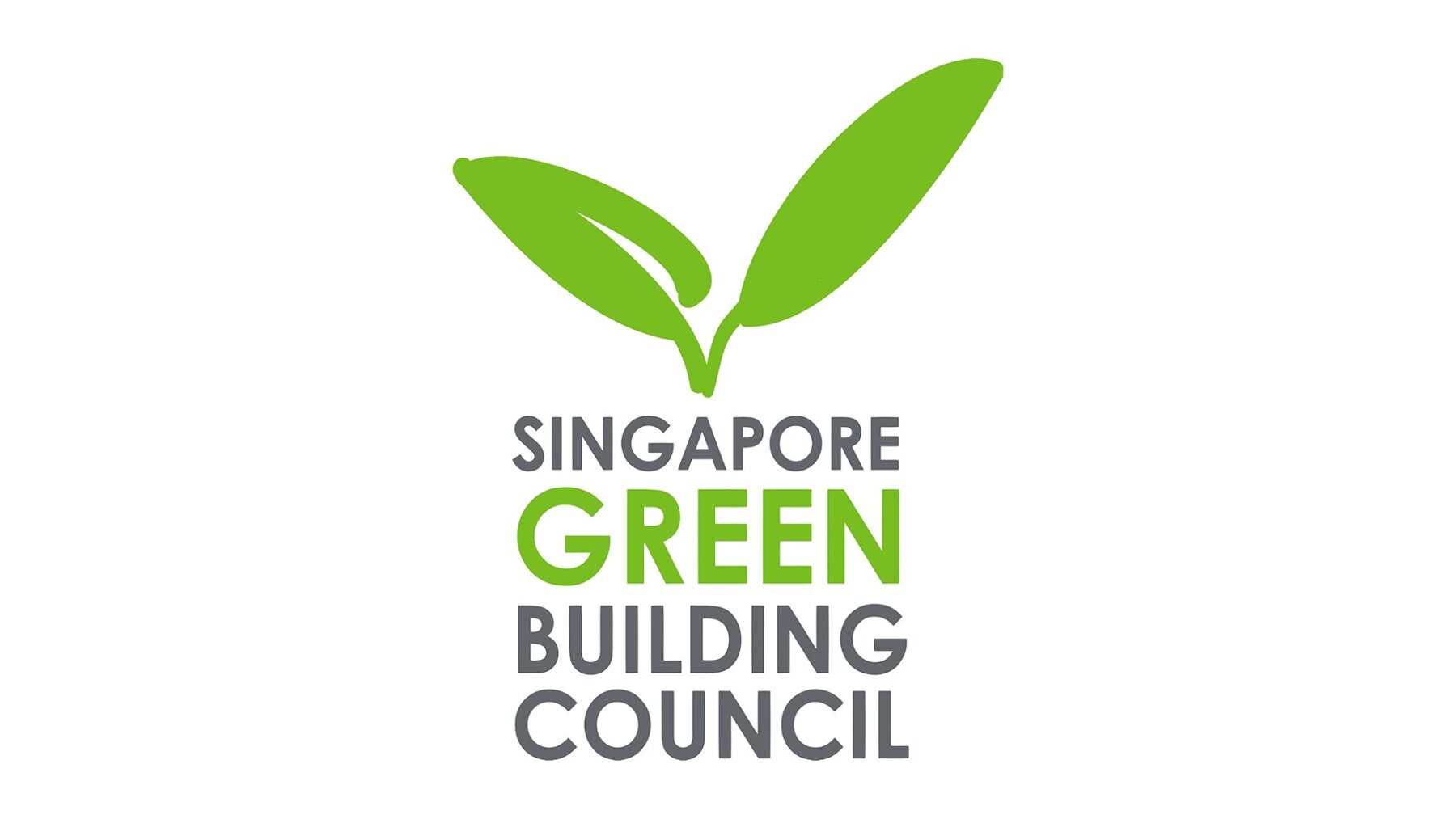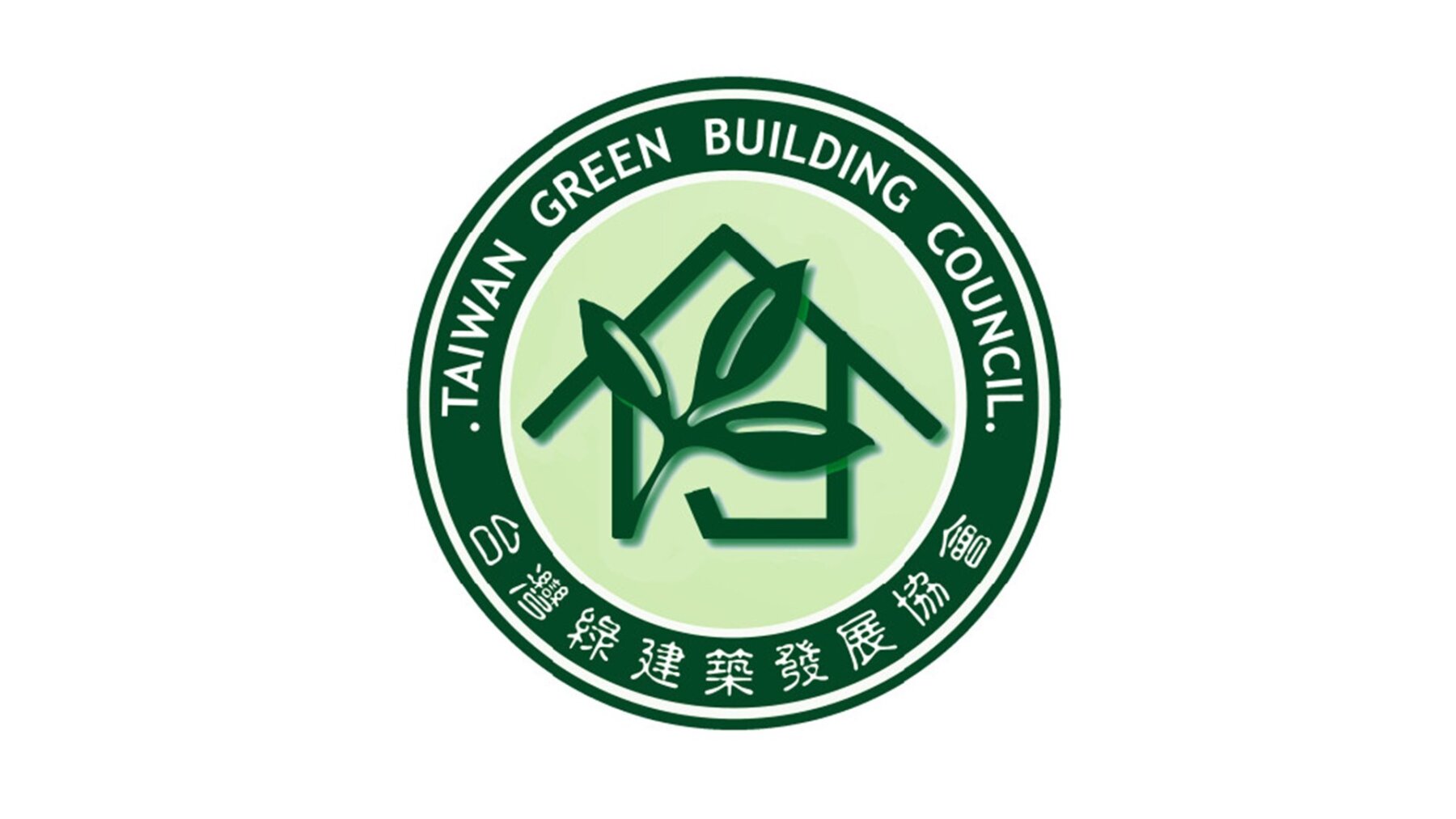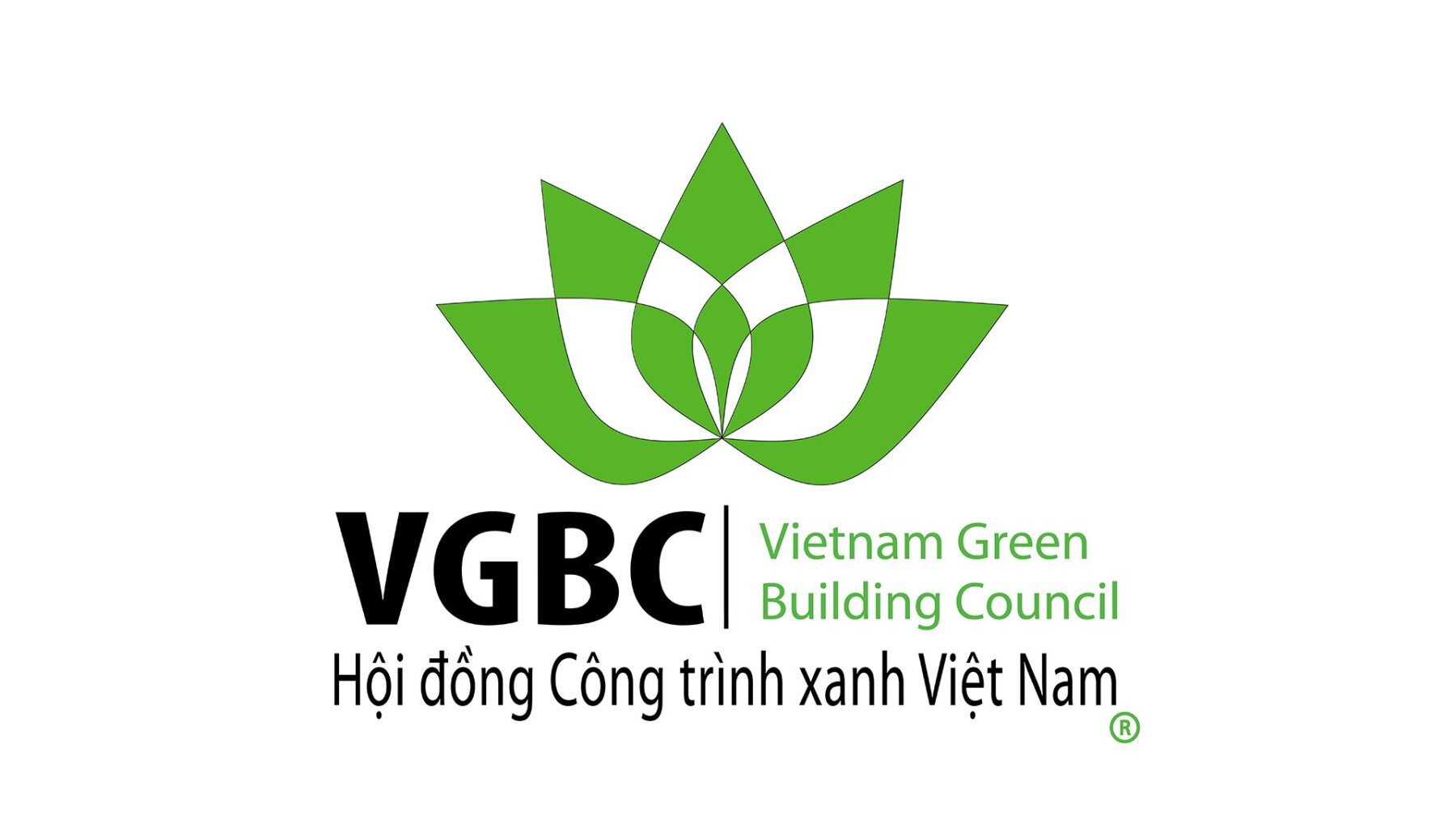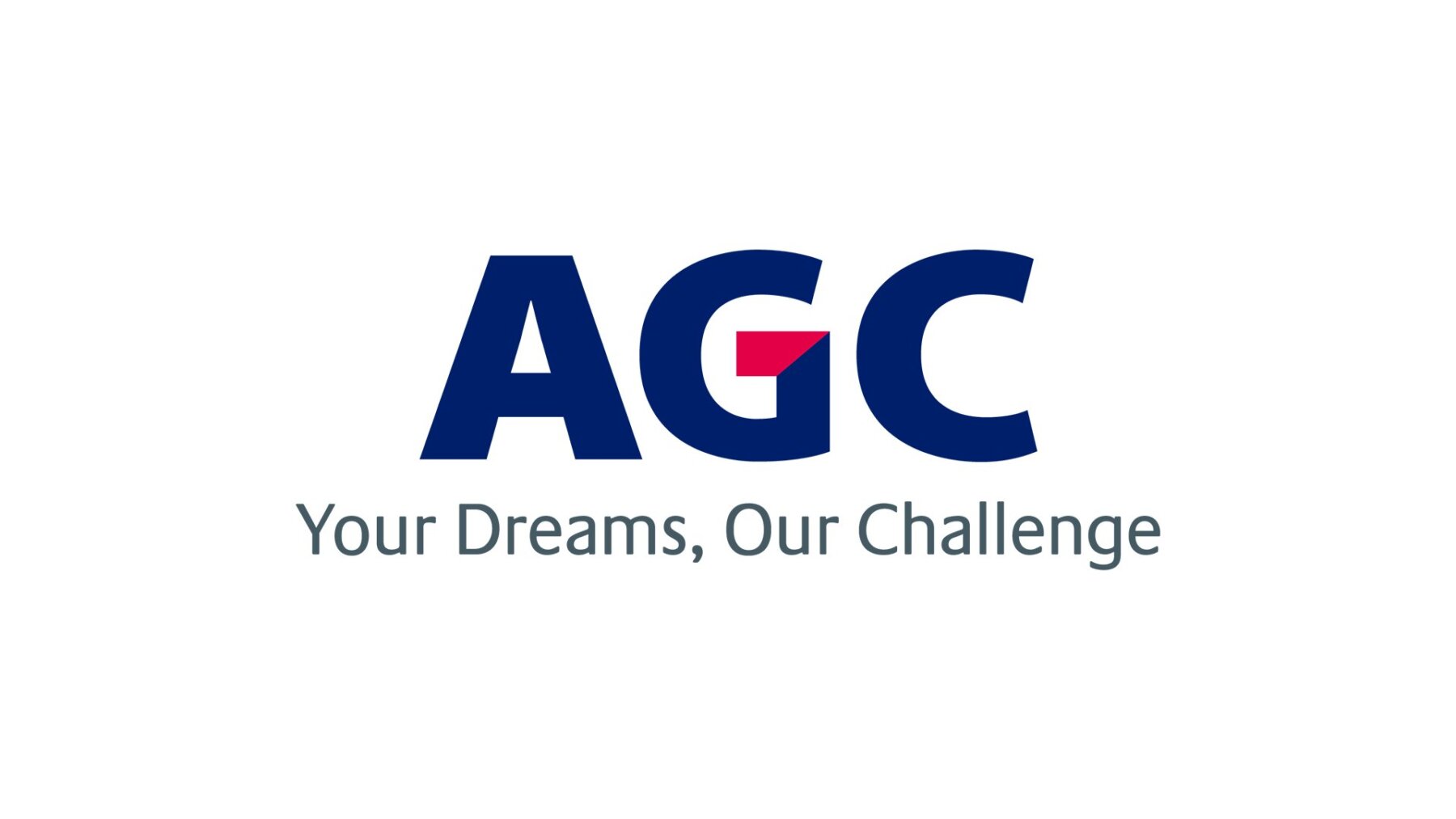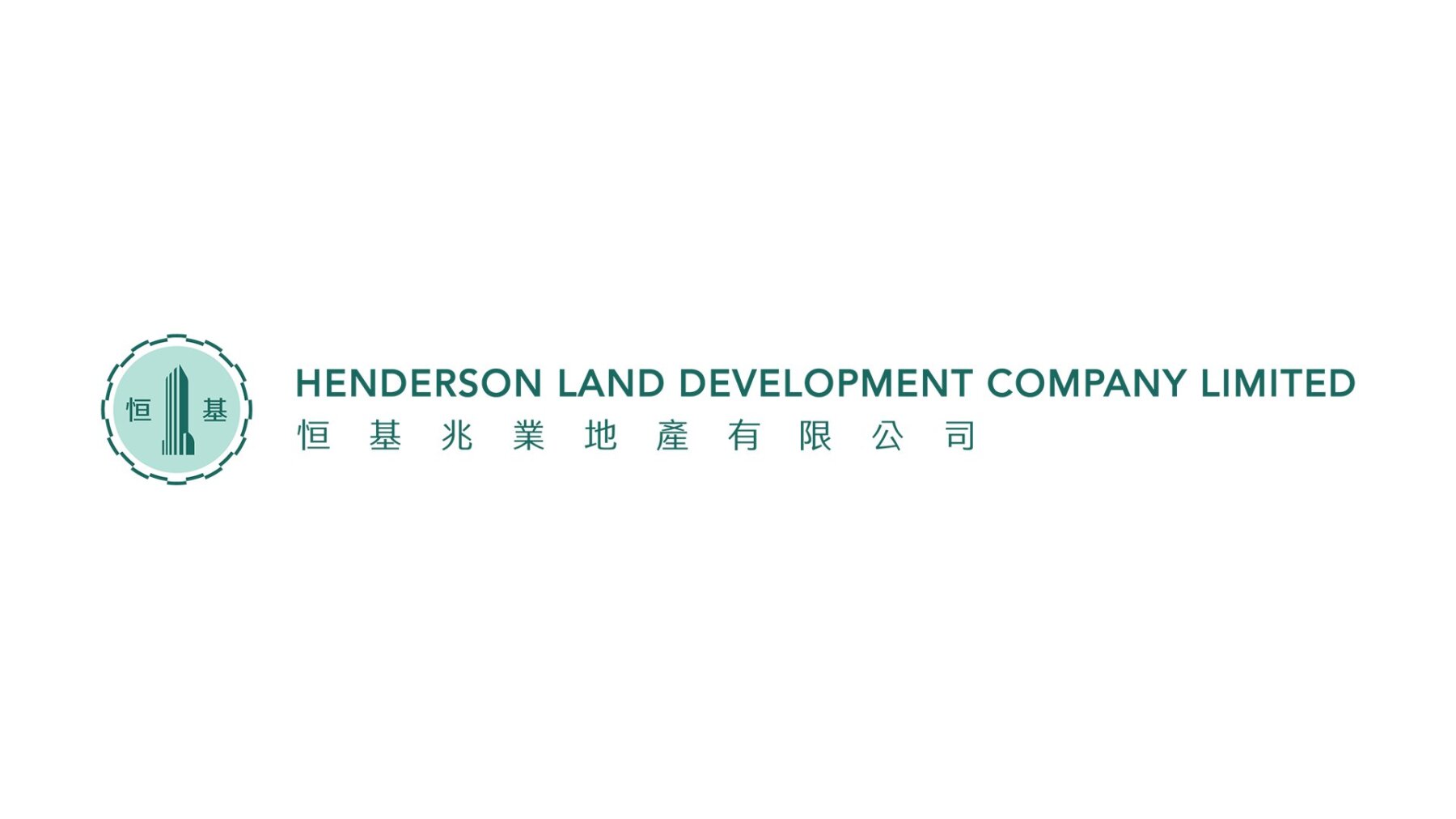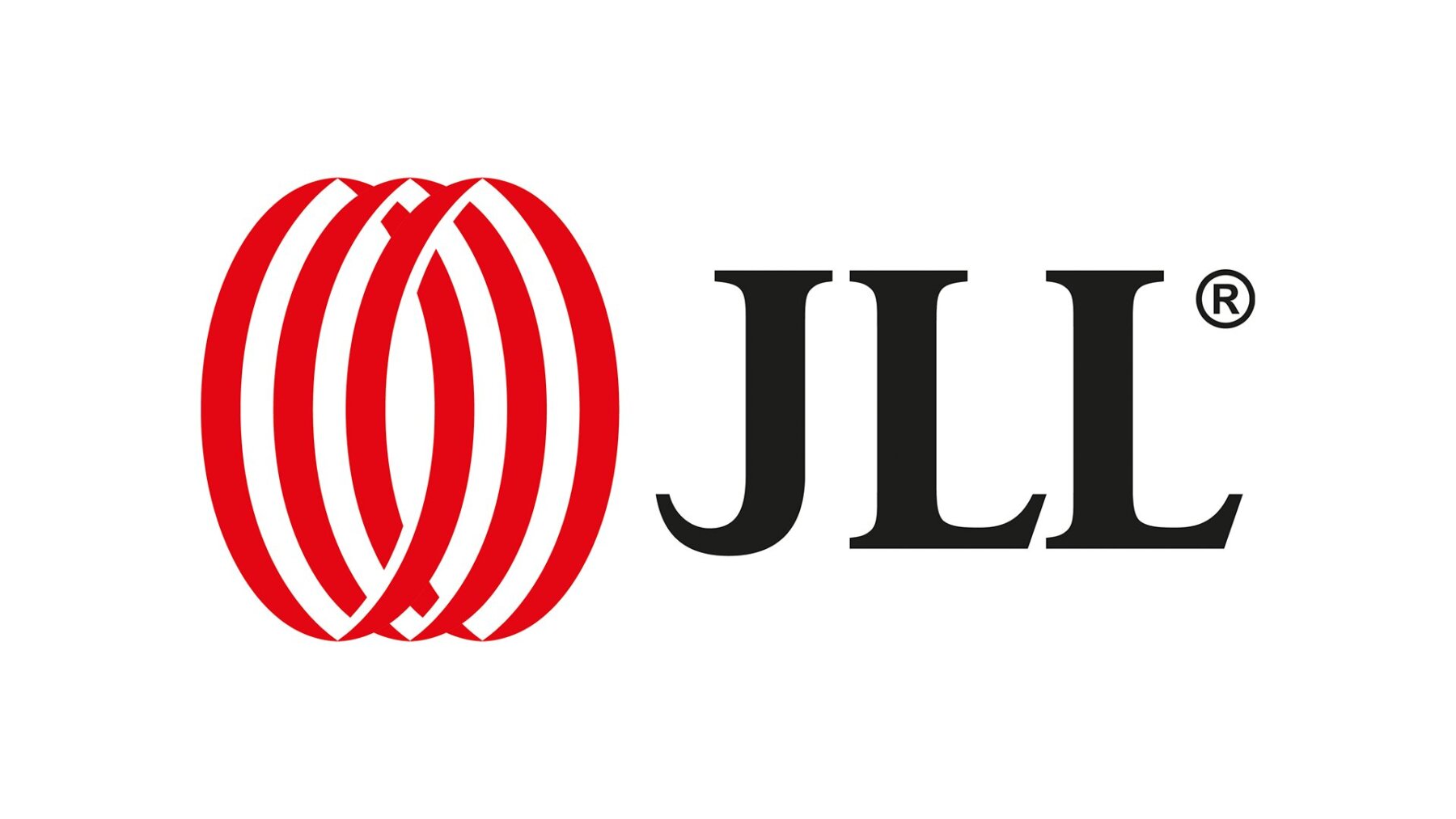Resources and Circularity Readiness Framework
The Resources and Circularity Readiness Framework provides the first step towards the regeneration of natural systems and a thriving circular economy in the building and construction sector.
The Framework serves as a practical roadmap for policymakers and businesses to assess their circularity readiness, and identify priority areas to create strategic action plans.
It can be used as a tool to quantify the business case for circular, sustainable principles in the built environment, and support businesses and governments to reduce waste, conserve resources and lower carbon emissions.
Our Framework has been developed by Green Building Councils (GBCs) and Knowledge Partners from our Asia Pacific Regional Network.
The Resources and Circularity Readiness Framework has five categories for transitioning to a circular economy:
